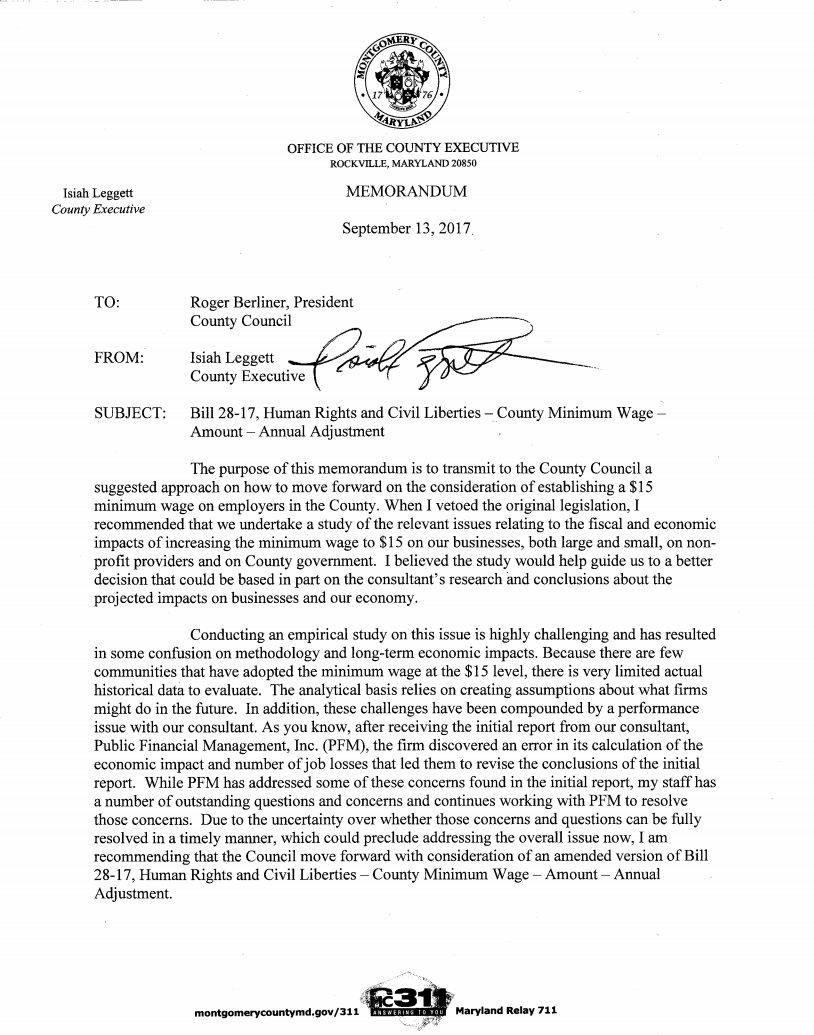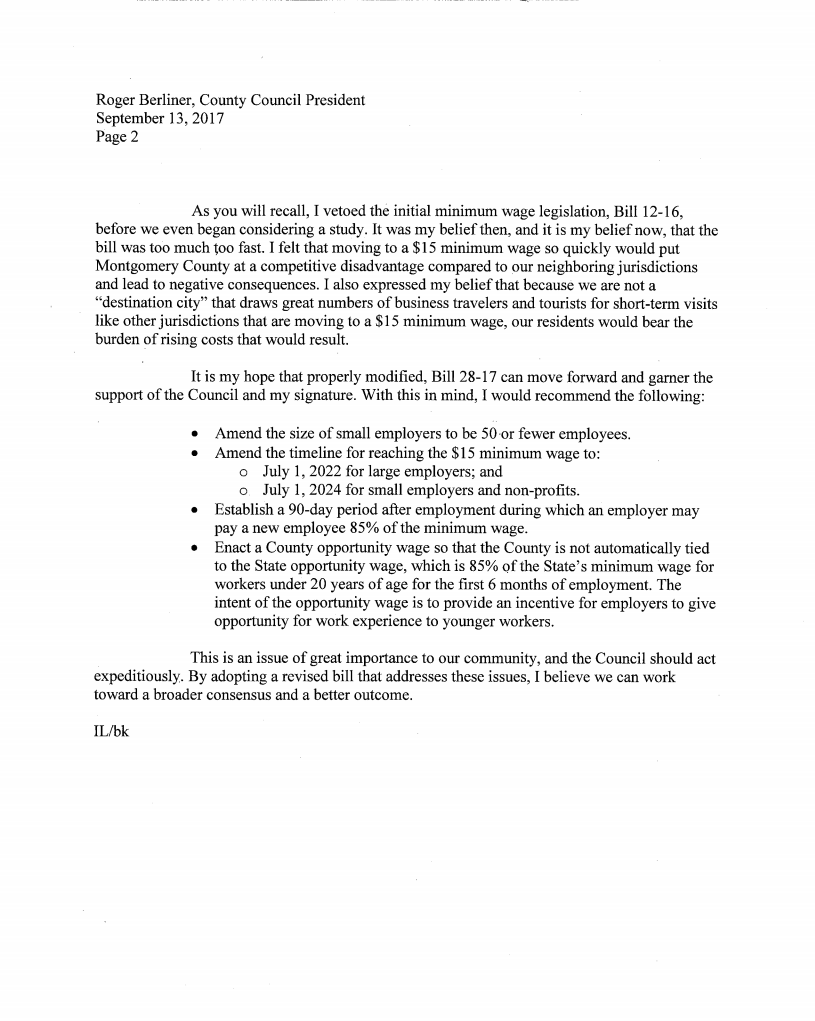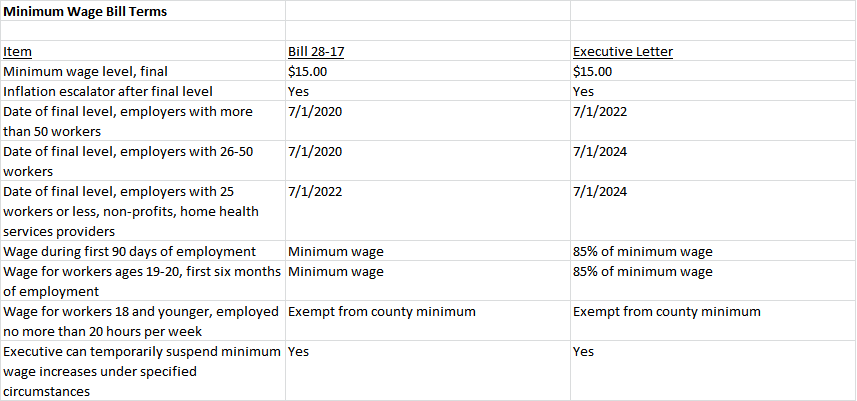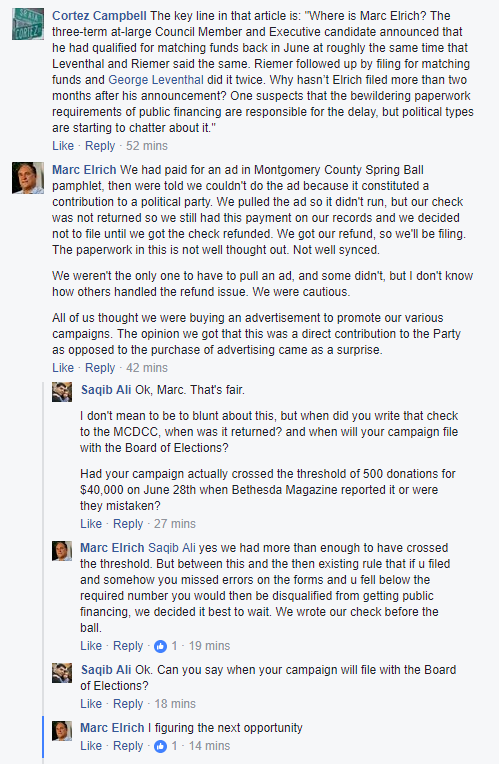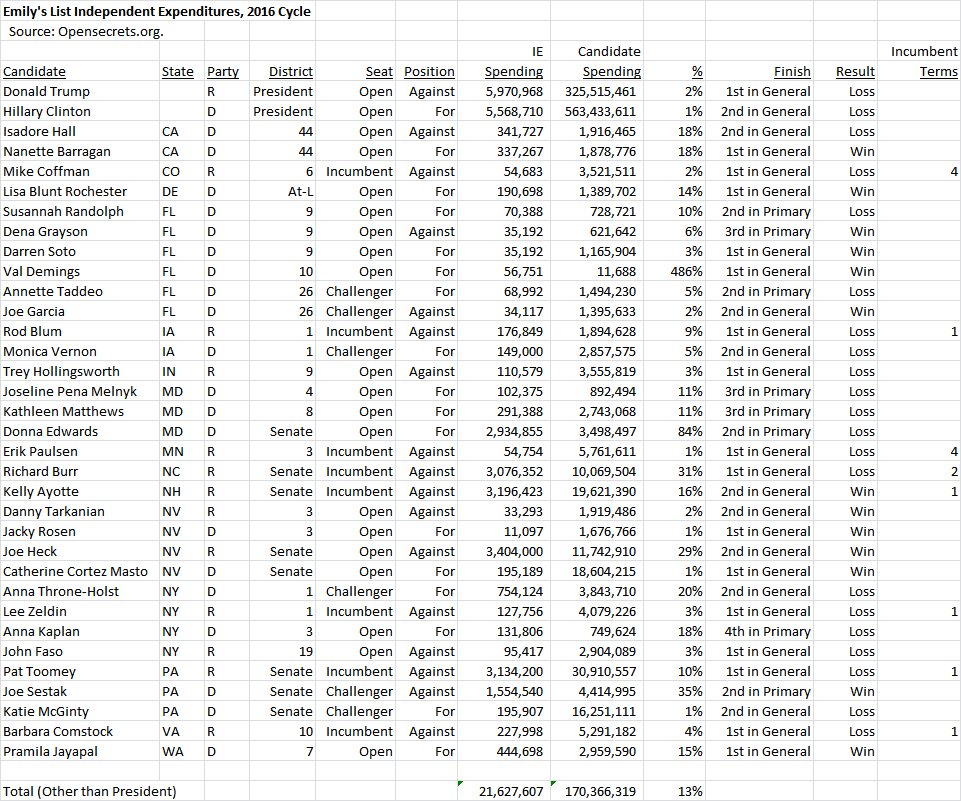Montgomery County Council District 3 candidate Ben Shnider has been endorsed by Delegates Shane Robinson (D-39), Andrew Platt (D-17) and the leader of a hotel employees local union. Former Council Member Valerie Ervin (D-5) has also offered praise for Shnider’s candidacy. We reprint Shnider’s press release below.
*****
FOR IMMEDIATE RELEASE
September 15, 2015
Contact: Ilya Braverman
Email: ilya@shniderforcouncil.com
Website: https://www.shniderforcouncil.com
Progressive Leaders Endorse Ben Shnider for Montgomery County Council in District 3
Delegates Robinson and Platt join Unite Here Local 23 in endorsing Shnider’s council campaign ahead of kick-off event
Rockville, MD – On Saturday, Sept. 16 at 1 PM, Ben Shnider’s campaign for Montgomery County Council will host a canvass kick-off event at the Lincoln Park Community Center in Rockville.
Among those in attendance will be several notable community leaders who are endorsing Shnider’s campaign for progressive change in District 3.
- Delegate Shane Robinson (D-39), Chair, Montgomery County House Delegation:
“I’ve known Ben for years and have seen him in action. I’m confident he’ll work tirelessly to ensure all members of our community can afford to live and thrive in Montgomery County. I know he also shares my commitment to keeping pesticides out of the Chesapeake watershed and a solid waste management strategy that moves aggressively toward zero-waste. I’m proud to endorse his campaign.”
- Delegate Andrew Platt (D-17):
“I hear from families that I represent in Rockville and Gaithersburg every day who are struggling to keep up with the skyrocketing cost-of-living. I’m endorsing Ben’s campaign for County Council because I know he’ll be a tireless advocate for these working families.”
- Bert Bayou, President, Unite Here Local 23:
“Our 1,000+ members in Montgomery County are hungry for leaders who will work with us to ensure we’re treated fairly on the job and paid a living wage. We’re confident Ben will be such a leader and enthusiastically endorse his campaign.”
In addition to these three endorsements, former County Councilmember Valerie Ervin said the following about Ben’s candidacy:
- Former County Councilmember Valerie Ervin (D-5):
“I’m thrilled Ben is running and can’t wait to join him for his kick-off. Ben’s a talented organizer and a principled progressive who would be a passionate advocate for the underserved on the County Council. It’s time to pass the torch to the next generation of progressive leaders in this county. Ben is such a leader.”
About Ben:
Ben Shnider is a civic activist running to represent District 3 on the Montgomery County Council. He’s running to ensure that all families can afford to live and thrive in our community. Ben has dedicated his life to fighting for progressive values. Prior to running, he worked as an organizer for then-Senator Barack Obama’s historic 2008 Presidential campaign, launched the political arm of the advocacy organization Bend the Arc, and served as Political Director for the pro-diplomacy group J Street. Ben is a former Board Member for the Montgomery County Action Committee for Transit and serves as Vice Chair of Rockville’s Human Rights Commission.
He lives with his wife, Sheri, and their rescue dog, Twist, in Rockville’s King Farm neighborhood. To learn more about Ben, visit www.shniderforcouncil.com

